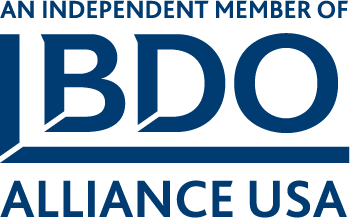The IRS has released proposed regulations providing guidance on how a tax-exempt organization with more than one unrelated trade or business should identify its separate trades and businesses, and on how to separately calculate their unrelated business taxable income (UBTI) for each trade or business – often referred to as a “silo”.
Under provisions of the Tax Cuts and Jobs Act (TCJA), the loss from one unrelated trade or business may not offset the income from another, separate trade or business. Congress did not provide detailed methods of determining when unrelated businesses are “separate” for purposes of calculating UBTI.
Method of Determining Separate Trades or Businesses
The Treasury Department and IRS have considered using the North American Industry Classification System (NAICS) six-digit codes for determining what constitutes separate trades or businesses for this purpose. In a prior IRS Notice issued, reliance on these codes by tax-exempt organizations was permitted. However, since these codes were not developed for purposes of the tax on unrelated business, there was concern that they are too detailed and therefore the specific choices available to exempt organizations too subjective.
The first two digits of the code designate the economic sector of the business. The proposed guidance provides that organizations will be able to utilize just the first two digits of the code, which divides businesses into 20 categories, for this purpose.
An exempt organization may engage in more than one unrelated trade or business. Prior to the enactment of TCJA, an exempt organization deriving gross income from the regular conduct of two or more unrelated trades or businesses calculated UBTI by determining its aggregate gross income from all such unrelated trades or businesses and reducing that amount by the aggregate deductions allowed with respect to all such unrelated trades or businesses. However, TCJA changed this calculation for exempt organizations with more than one unrelated trade or business so that, in the case of any exempt organization with more than one unrelated trade or business:
- UBTI, including for purposes of determining any NOL deduction, shall be computed separately with respect to each trade or business and without regard to allowing a specific deduction of $1,000,
- The UBTI of such exempt organization shall be the sum of the UBTI so computed with respect to each trade or business, less a specific deduction and
- UBTI with respect to any such trade or business shall not be less than zero.
Thus, under this rule an exempt organization is no longer permitted to aggregate income and deductions from all unrelated trades or businesses when calculating UBTI. The rule applies to tax years beginning after December 31, 2017, but not to NOLs arising before January 1, 2018, that are carried over to tax years beginning on or after such date.
Please contact the Crosslin tax team with any questions. We are here to help!







